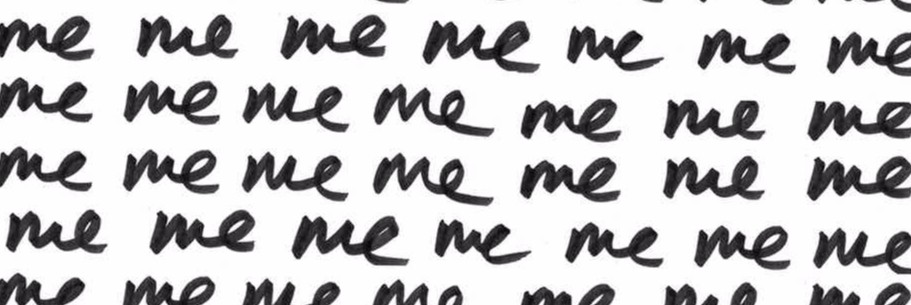With technology advancing in new and diverse directions year on year, it can be difficult to take time to consider the wider implications of its growth on our civilisation. Lucky then, that for the last 29 years, Berlin’s transmediale festival has encouraged us to consider the aesthetic and speculative positions between art, technology and culture.
Returning to the German capital once more last week, transmediale 2016 asked participants to reach an understanding of technology as being more than the digital world, and an understanding of culture as being more than what emerges from within institutionalised fields of production. With these ideas in mind, the festival’s programme then celebrated media art and digital culture across a variety of different platforms including exhibitions, lectures, film and video, live performances, installations, sound pieces and a whole host of other experimental hybrid formats.
The theme that governed the week was conversation pieces. Each day, Keynote Conversations were lined up to pull attendees’ minds in divisive directions. Anxious to Share, for example, focused on the failure of the sharing economy in post-digital global organisation. The discussion explored how we can share space, resources, and information in actively political ways whilst still retaining a sensitivity to planetary scale. One such solution was WIRED’s recently published Data Forensics.

An image from WIRED's Data Forensics
Elsewhere, Industry 4.0 and the Internet of Things were amongst the tech advancements discussed in the Anxious to Make Keynote Conversation. The talk investigated the integration of cybernetics in business frameworks, and how this then impacts our understanding of the term maker culture. A phrase that at one time had connotations with creative and democratising capacities, but that now seemingly champions automation, power and efficiency instead.

raumlaborberlin
At one of our favourite exhibitions, the intersection of architecture, city planning, art and urban intervention was re-narrated by raumlaborberlin, a collective who specialise in adapting places torn between different systems, time periods or planning ideologies and using them to open new perspectives for alternative usage patterns, collective ideals and urban diversity.

raumlaborberlin
And events were rounded off over the weekend with Still be Here; one of the festival’s most impressive performances and a collaboration between artists, music producers and choreographers. Through this unique collective work, Still Be Here draws the viewer into the multiplying realities of a 21st century Japanese pop star called Hatsune Miku (whose name means first sound of the future). As the performance traces the dynamics at play between fans, corporations and social desires, this ‘perfect’ star is deconstructed and shown to be an empty vessel on to which we project our own fantasies and social anxieties.


Still be Here
transmediale was a week full of investigative and innovative new concepts and dialogues at the cross sections of art, technology and culture, and an important one at that. These considerations are implicit in our futures, so make time to examine the world around you - before technology changes its cartography for good.



